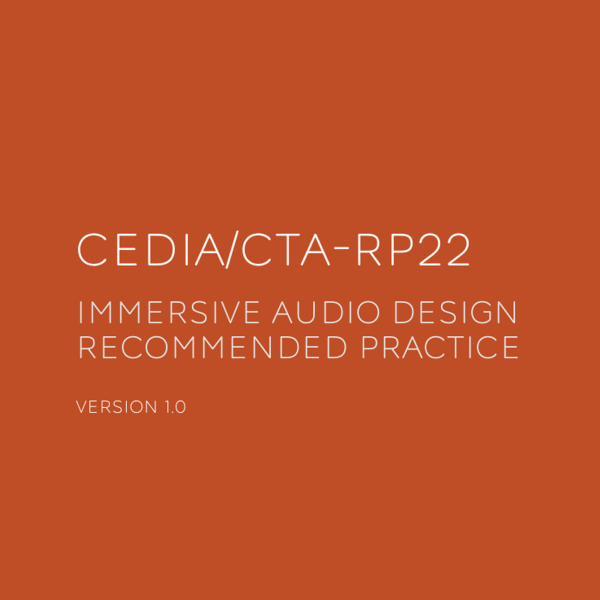Designing for Impact: Audio Performance Objectives in Home Theatre (RP22 Chapter 3)
When you walk into a great home theatre, you know it immediately—not just from what you see, but what you hear. Chapter 3 of the RP22 standard breaks down exactly what makes an immersive audio system sound amazing, with clear goals and performance levels to guide system design.
Whether you’re a homeowner, installer, or audio enthusiast, understanding these performance objectives is key to creating a room that sounds just as impressive as it looks.
What Are Performance Objectives?
Performance objectives are the core qualities that make a sound system immersive, clear, and emotionally powerful. RP22 outlines nine critical objectives to consider in every home theatre project:
- Dialog Clarity – Can you understand every word, even during intense action scenes?
- Localization Accuracy – Can you tell exactly where a sound is coming from?
- Sound Movement – Do moving sounds track smoothly across the room?
- Immersion and Envelopment – Does sound wrap around you naturally?
- Tonal Balance (Timbre) – Do voices and effects sound natural, not too harsh or dull?
- Dynamic Range – Can the system handle both whispers and explosions?
- Bass Impact – Does the low-end punch without being boomy or muddy?
- Audience Coverage – Do all seats in the room get a similar experience?
- Sound Isolation – Can you enjoy the movie without disturbing others (or being disturbed)?
These goals ensure that a home cinema isn’t just loud—it’s accurate, engaging, and consistent.
Introducing Performance Levels (1 to 4)
RP22 defines four levels of system performance. These levels are not about price or gear—they’re about how well the system delivers on the above objectives.
- Level 1: Entry-level performance. Delivers a solid experience but with compromises.
- Level 2: Mid-tier performance. Better coverage, clarity, and consistency.
- Level 3: High-performance. Meets or exceeds most cinema expectations.
- Level 4: Reference-level. Designed to reproduce content exactly as creators intended.
Choosing a level helps guide everything from speaker selection to room design. It’s not about “bigger is better”—it’s about matching performance to purpose and budget.
Balancing Objectives with Reality
Here’s the truth: you can’t always have it all. Room shape, budget, equipment, and aesthetics will affect what’s possible. RP22 encourages finding the right balance—and knowing which compromises will impact the experience the most.
For example:
- Want strong dialog clarity? Prioritize speaker placement and room acoustics.
- Craving bass you can feel? Focus on subwoofer positioning and low-frequency treatment.
Consistency Matters
RP22 also emphasizes performance across all seats—not just in the “money seat” (reference seating position). A great theatre makes every guest feel like they got the best seat in the house.
Why This Chapter Is Important
This chapter shifts the conversation from “What gear do I need?” to “What do I want to experience?”
By starting with objectives and performance levels, homeowners and integrators can build systems that truly deliver on the promise of immersive audio—no matter the room size or budget.
Final Thoughts
Chapter 3 of RP22 is the blueprint for building home theatres that sound phenomenal. It lays out what matters most, how to prioritize design decisions, and how to measure success beyond just equipment specs.
So, before you pick your next speaker or receiver, ask yourself: what do I want to feel, hear, and experience?
That answer will point you toward the right path—and RP22 will help guide the way.

